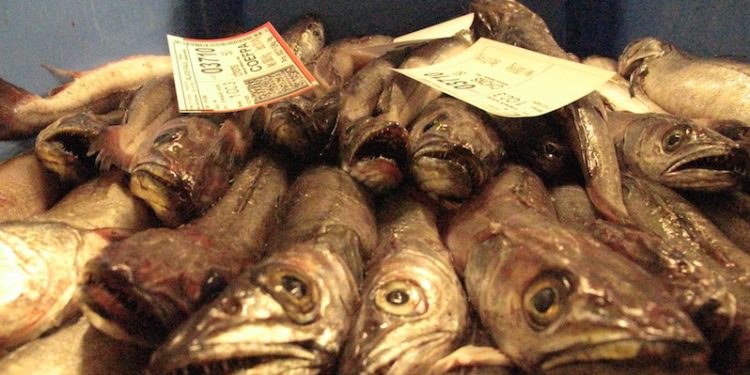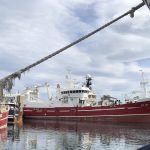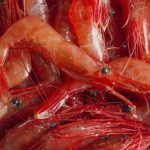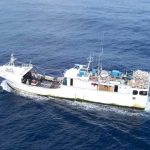The European Commission has announced its proposals for North Sea and Atlantic fisheries for 2018, in advance of the December Council, with a mixed bag consisting of proposals for increases to some quotas, others unchanged and some cut back.
Proposals for 78 stocks have been tabled, with 53 of the proposals for TACs to remain unchanged or be increased. The Commission proposes cuts to 25 stocks.
Some of the most radical proposed reductions are for 100% cuts in whiting in some areas, as well as plaice in areas 7h, 7j and 7k. A 62% cut for herring in 7g, 7h, 7j and 7k is proposed, along with a 39% reduction on sole in 3a and a 25% reduction in anchovy and a 37% reduction for Kattegat plaice.
Area 7a sees some of the largest increase recommendations, including a 100% increase in cod, a 70% increase in herring and a 63% plaice increase.
TAC increases are proposed for a total of 19 stocks, such as North Sea nephrops, four sole stocks and three plaice stocks in North Western waters, and megrims in South Western waters. The increases also include the socioeconomically important sole stock in the Bay of Biscay that has followed a management plan led by the industry. The same applies to sole in the Eastern Channel and the Western Atlantic stock of horse mackerel.
14 stocks are expected to remain at the same level as last year, while of the 25 recommended reduced TACs, 15 are reductions of less than 20%.
Zero TACs are proposed for plaice in the Celtic Sea and for whiting in west of Scotland and in the Irish Sea, and there is a proposal to prohibit fishing for eels in all community waters following scientific advice emphasising the importance of ceasing all fisheries that target spawners, until there is clear evidence of improvement of the state of the stock.
‘Our fleet is becoming more profitable and that is because some of the EU’s key fish stocks are healthier and more abundant. The perseverance of the fishermen and the responsible fisheries management decisions stand to prove that sustainability and profitability can go hand in hand,’ said Karmenu Vella, Commissioner for Environment, Maritime Affairs and Fisheries. ‘That being said now is not the time for complacency. We must continue our joint efforts to manage our seas and oceans in a way that works for the environment, for the economy and for future generations.’
The Commission points out that the size of some key fish stocks is increasing – notably for sole in the North Sea, northern hake and southern horse mackerel – so is the profitability of the fishing sector, with an estimated €1.5 billion profit for 2017.
It states that the EU has made important progress over recent years, with 44 stocks now fished at Maximum Sustainable Yield (MSY) levels, up from only five in 2009, while the objective under the Common Fisheries Policy is to have all stocks fished at sustainable levels by 2020.
The proposals will be submitted for discussion and decision by the Member States at the December Fisheries Council (11-12th December), to be applied as from 1st January 2018.
The Commission proposes fishing quotas on the basis of independent scientific advice received from the International Council for the Exploration of the Sea (ICES) and these proposals cover stocks managed by the EU alone and stocks managed in co-operation with third countries, such as Norway, or through Regional Fisheries Management Organisations (RFMOs). International negotiations for many of the stocks concerned are still ongoing and some further stocks are awaiting scientific advice.
Later this autumn, the Commission will propose additional quota top-ups for fisheries that in 2018 fall under the landing obligation, which requires that all catches of regulated commercial species on-board are landed and counted against quota. The allowed quota is thereby increased to facilitate the transition to the new system of No Discards. The exact top-ups per fishery will be determined on the basis of scientific advice. The proposal does not take into account the forthcoming TAC top-ups.









